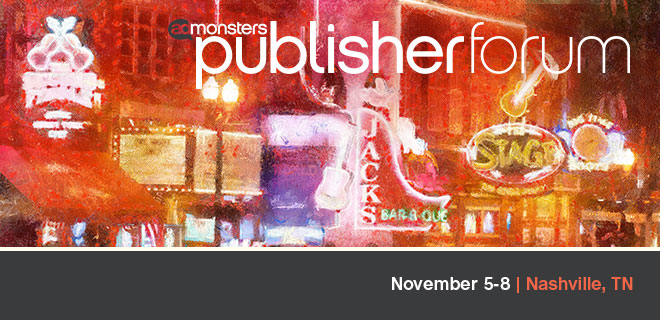
The idea of “supply-path optimization” has entered the ad tech dialogue fairly recently–and it can be a confusing concept, because it refers to a slew of strategies to help DSPs win bids. It’s also confusing because on its surface, it can sound like simply a “DSP thing:” Supply-path optimization is the practice of DSPs algorithmically finding and choosing bids that are more likely to win an auction. Basically, it’s a response to all the complications header and server-side bidding have brought to the programmatic marketplace. Header and S2S make it necessary for DSPs to process a substantially higher volume of impressions over time, and they want a way to weed out the less-desirable stuff.
But as it is with so much that goes on in programmatic, supply-path optimization needs participation from the sell side to work–and publishers ultimately stand to benefit from that cooperation and transparency. Rachel Parkin, CafeMedia’s SVP, Strategy and Sales, will be talking about all of this at the Nashville Publisher Forum on Nov. 6. Right now, though, she’s shared some thoughts on why publishers have a stake in supply-path optimization, and what they can do to act on it for the good of advertisers and themselves.
 Supply-path optimization sounds like a real boon for DSPs. But does it put SSPs at a disadvantage? Why or why not?
Supply-path optimization sounds like a real boon for DSPs. But does it put SSPs at a disadvantage? Why or why not?
Yes and no. Supply-path optimization (SPO) aims to find the most effective pathways to purchase an impression. Effectiveness could be based on a number of factors, including the likelihood of successfully winning a bid, the best price, or the cleanest auctions. SSPs that are transparent about the auction format, fees and dynamics stand to gain, as SPO will inevitably focus more of the programmatic demand towards the good actors and away from the bad actors. On the other hand, shady exchanges will see their demand shrivel and be forced off the playing field. While a few SSPs may find themselves at a disadvantage, this is ultimately good for the industry and for all remaining SSPs.
What is the publisher’s role here in getting the DSPs and SSPs to play nice, or at least be transparent?
Publishers need to join the conversation and start asking some of the same questions of our SSPs that buyers might ask. We need to push our SSP partners on how they are addressing SPO, what discussions they are having with DSPs and even agencies, how they are running and marketing auctions on our behalf, and what steps we can take together to reduce some of the pressure on the buy side. And, if publishers can’t get clear answers, we need to make the hard choices to cut off exchanges that might not have our best interests at heart. At the same time, SPO presents an opportunity for publishers to initiate a dialogue with DSPs, both to shed light on our preferred (and non-existent) pathways, and also to learn the DSPs’ approaches to SPO and how we can take action.
What advantages do publishers stand to gain from taking an active role in supply-path optimization?
Deeper relationships with agencies and advertisers is the most important advantage for publishers engaging in SPO. Technology has driven a wedge between buyers and publishers, and assuming SPO isn’t a publisher problem will only widen that gulf. Publishers who have frank conversations with buyers and ask the simple question of, “How are you thinking about SPO?,” can gain much more than just alignment on inventory pathways–they will also get better insight into buyers’ goals and open the door to opportunities as a result.
See and hear the session Rachel Parkin will lead on SPO at the upcoming AdMonsters Publisher Forum in Nashville, Nov. 5-8. Check out the whole Forum agenda and register now.